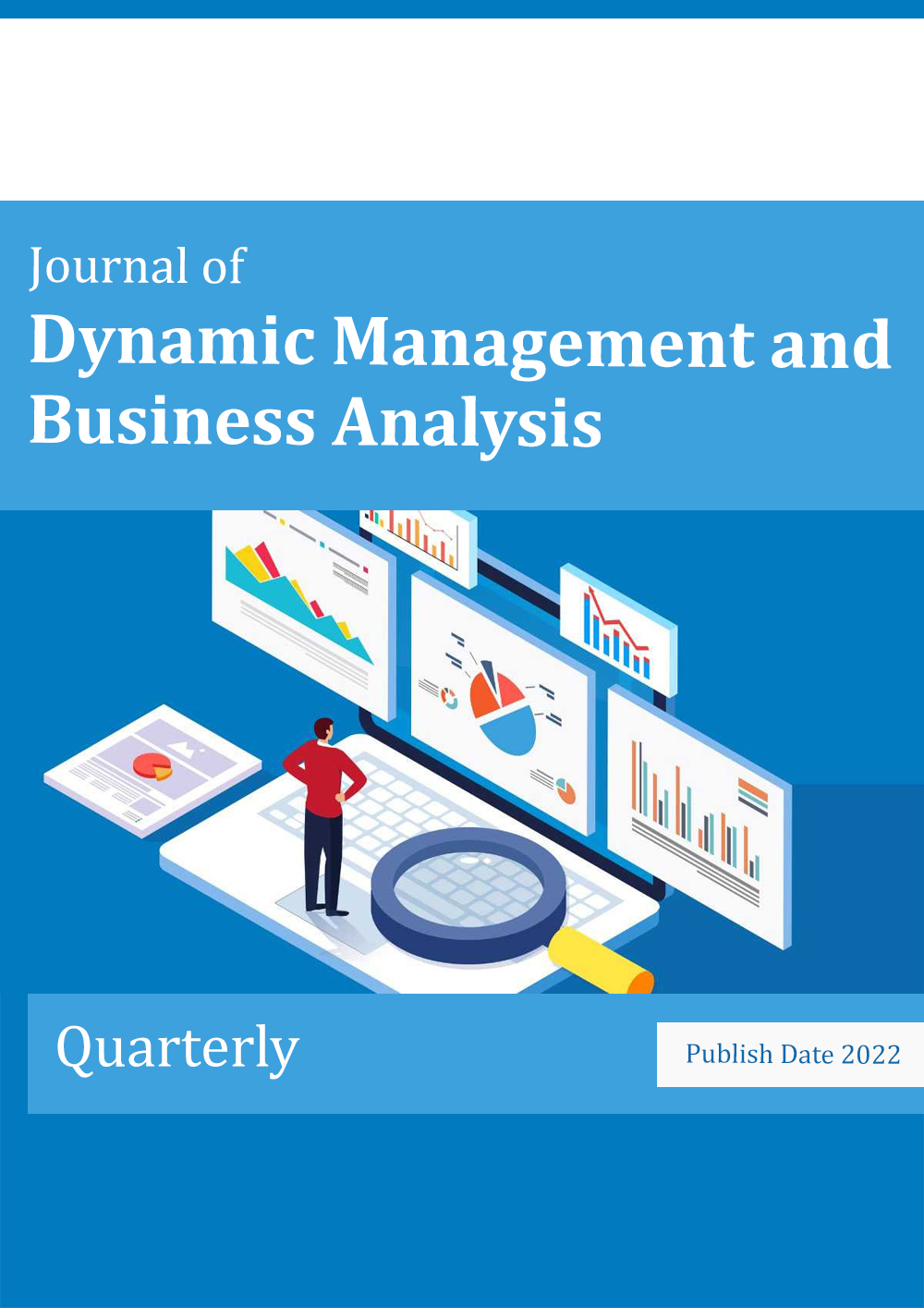The Impact of Financial Transparency Shocks, Government Size, and Government Spending Efficiency on Cyclical Volatility Using a Structural Periodic Method
Keywords:
Government spending, Oil price shocks–, Market uncertainty , Macroeconomic indicators , Market volatilityAbstract
Objective: This study aims to empirically examine the impact of fiscal transparency, government size, and government spending efficiency shocks on cyclical fluctuations in Iran’s economy using a Structural Vector Autoregression (SVAR) approach.
Methodology: This applied and descriptive–correlational research uses annual data from 1996 to 2024. The study employs the SVAR model within a structural periodic analytical framework. The core variables include the output gap, oil price shocks, government size, spending efficiency, regulatory quality, corruption control, and fiscal transparency. Stationarity was tested via the ADF test, long-run relationships through Johansen cointegration, and the model’s stability verified using impulse response functions and variance decomposition analysis.
Findings: The EGARCH estimation revealed that positive oil price shocks increase global market volatility and uncertainty, while negative shocks have a smaller dampening effect. Cointegration tests confirmed the existence of long-term equilibrium among variables. SVAR results showed that oil price and budget deficit shocks increase cyclical volatility by 19% and 16%, respectively. Conversely, government spending efficiency reduces volatility by 9%, regulatory quality by 6%, corruption control by 21%, and financial transparency by 3%. The corruption control index exhibited the strongest stabilizing effect on cyclical fluctuations.
Conclusion: The results indicate that Iran’s cyclical fluctuations are significantly influenced by financial and institutional shocks. Enhancing fiscal transparency, improving spending efficiency, and strengthening corruption control can substantially mitigate macroeconomic volatility and foster long-term economic stability. The SVAR-based structural analysis provides a reliable framework for developing evidence-based economic policies.
Downloads
References
Ansari, B., Barati, M., & Martin, E. G. (2022). Enhancing the usability and usefulness of open government data: A comprehensive review of the state of open government data visualization research. Government Information Quarterly, 39(1), Article 101657. https://doi.org/10.1016/j.giq.2021.101657
Aziz Zadeh, F. (2021). Explaining Barriers and Solutions for Increasing Financial Transparency and Achieving Accountability in the Financial Accounting System through the Implementation of Operational Budgeting in Iran.
Darzi Ramandi, H. (2024). Financial Governance Based on Algorithmic Transparency. 2nd International Conference on Law, Management, Educational Sciences, Psychology, and Educational Planning. https://civilica.com/doc/2394428/
Davoodi Farkoush, F., & Rasouli, A. (2024). Explaining and Designing a Model to Determine the Effect of Financial Transparency on Stock Price Drop Risk in Companies Listed on the Tehran Stock Exchange. 7th International Conference on Innovative Ideas in Management, Economics, Accounting, and Banking,
Dener, C., Nii-Aponsah, H., Ghunney, L. E., & Johns, K. D. (2021). GovTech maturity index: The state of public sector digital transformation. World Bank Publications. https://doi.org/10.1596/978-1-4648-1765-6
Ding, Q., Huang, J., & Chen, J. (2023). Does digital finance matter for corporate green investment? Evidence from heavily polluting industries in China. Energy Economics, 117, Article 106476. https://doi.org/10.1016/j.eneco.2022.106476
Dong, Z., & Wang, J. (2024). Does public data access stimulate the efficiency of corporate green innovation? Finance Research Letters, 65, Article 105560. https://doi.org/10.1016/j.frl.2024.105560
Du, Y., Wang, Q., & Zhou, J. (2023). How does digital inclusive finance affect economic resilience: Evidence from 285 cities in China. International Review of Financial Analysis, 88, Article 102709. https://doi.org/10.1016/j.irfa.2023.102709
Kitsios, F., & Kamariotou, M. (2023). Digital innovation and entrepreneurship transformation through open data hackathons: Design strategies for successful start-up settings. International Journal of Information Management, 69, Article 102472. https://doi.org/10.1016/j.ijinfomgt.2022.102472
Liang, Y., Wei, R., & Duan, D. (2025). Digital financial development and commercial bank stability. International Review of Economics & Finance, 97, Article 103749. https://doi.org/10.1016/j.iref.2024.103749
Ma, R., Guo, F., & Li, D. (2024). Can public data availability affect stock price crash risk? Evidence from China. International Review of Financial Analysis, 94, Article 103270. https://doi.org/10.1016/j.irfa.2024.103270
Maleki, R., & Eskandari, M. (2023). Ineffective Financial Laws: The Impact of Government Accounting Standards on Efficiency and Accountability. 2nd National Conference on Innovative Applied Research in Accounting, Damghan.
Mikhaylov, A., Dinçer, H., & Yüksel, S. (2023). Analysis of financial development and open innovation oriented fintech potential for emerging economies using an integrated decision-making approach of MF-X-DMA and golden cut bipolar q-ROFSs. Financial Innovation, 9(1), 4. https://doi.org/10.1186/s40854-022-00399-6
Rachmad, Y. E., Bakri, A. A., Irdiana, S., Waromi, J., & Sinlae, A. A. J. (2024). Analysis of the influence of financial information systems, internal control systems, and information technology on quality of financial reports. Jurnal Informasi Dan Teknologi, 266-271. https://doi.org/10.60083/jidt.v6i1.513
Shafiei, S., & Moradi, S. (2022). Practical Solutions for Economic Transparency in Iran. 1st National Conference on Enhancing Transparency and Its Role in Administrative Health and Combating Corruption, Tehran.
Shan, J., Zhang, L., & Wang, J. (2025). Data elements and corporate stock dividends: A quasi-natural experiment based on government data openness. International Review of Financial Analysis, 97, Article 103846. https://doi.org/10.1016/j.irfa.2024.103846
Titani, J. (2025). Analyzing the Impact of Government Tax Policies on the Motivation for Transparent Financial Reporting in Companies. 21st International Conference on Management and Human Sciences Research in Iran, Tehran.
Wang, W., & Xiao, D. (2025). Marketization of data elements and enterprise green governance performance: A quasi-natural experiment based on data trading platforms. Managerial and Decision Economics, 46(3), 1686-1700. https://doi.org/10.1002/mde.4471
Yan, J. (2025). Assessing the link between digital government development and urban industrial chain resilience: Evidence from public data openness. Environmental Impact Assessment Review, 112, Article 107796. https://doi.org/10.1016/j.eiar.2024.107796
Downloads
Published
Submitted
Revised
Accepted
Issue
Section
License
Copyright (c) 2025 Seyed Amirhosein Shekarabi, Yeganeh Mousavi Jahromi, Farhad Ghafari (Author)

This work is licensed under a Creative Commons Attribution-NonCommercial 4.0 International License.






